Ideal Weather Conditions for Concrete Installation
Concrete installations are most effectively completed during specific weather conditions to ensure durability and proper curing. The ideal times are typically in moderate temperatures with low humidity and minimal rainfall. These conditions help prevent issues such as cracking, uneven setting, or delays in curing.
Spring and fall generally provide the best weather for concrete work due to moderate temperatures and lower chances of extreme weather.
Concrete should be poured when temperatures are between 50°F and 85°F for optimal curing and strength development.
Avoid concrete installation during rainy, freezing, or excessively hot days to prevent curing issues and structural problems.
Monitoring weather forecasts and scheduling installations during stable weather windows can improve results and reduce delays.

Spring offers ideal conditions for concrete installation with moderate temperatures and lower humidity.
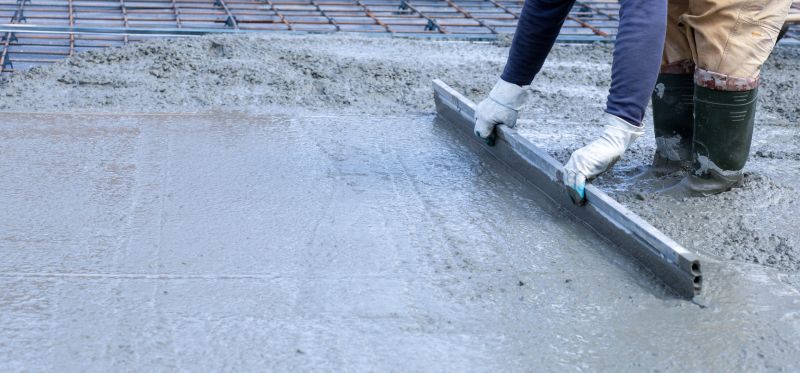
Summer requires careful scheduling to avoid high temperatures that can cause rapid drying and cracking.
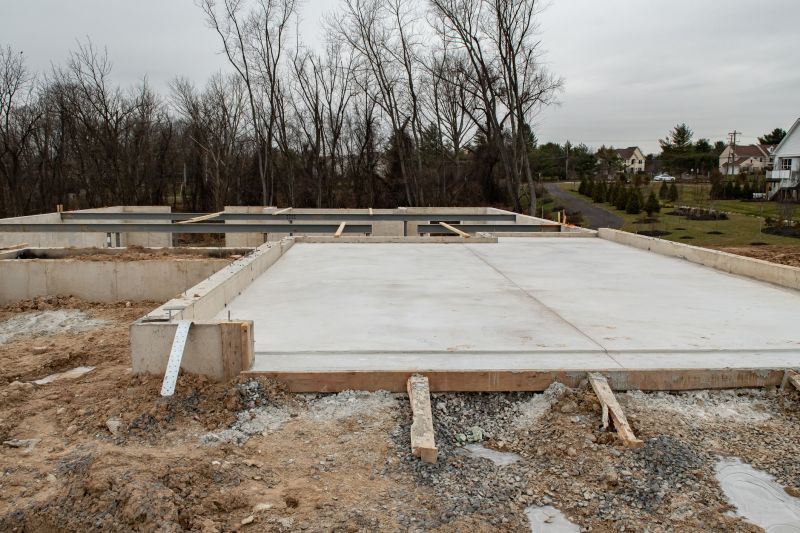
Fall provides cooler weather conducive to curing and reduces the risk of weather-related delays.
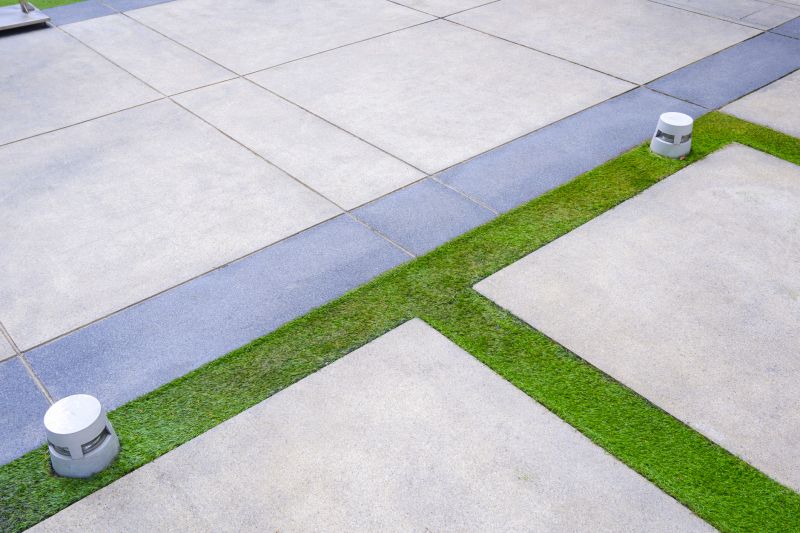
Ways to make Concrete Installations work in tight or awkward layouts.

Popular materials for Concrete Installations and why they hold up over time.
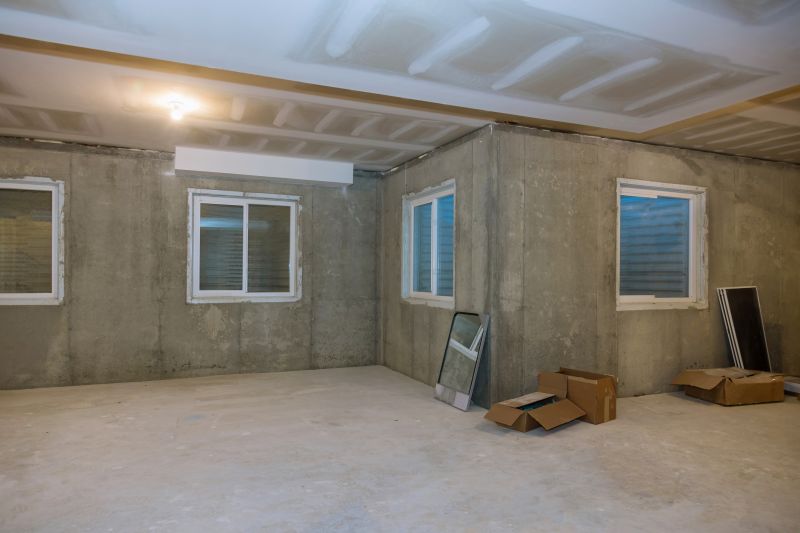
Simple add-ons that improve Concrete Installations without blowing the budget.
| Season | Ideal Conditions |
|---|---|
| Spring | Moderate temperatures, low humidity, minimal rain |
| Summer | Early morning or late evening work recommended, avoid peak heat |
| Fall | Cooler temperatures, stable weather, lower humidity |
| Winter | Requires additional measures like heating, covering, or scheduling during mild days |
| Late Fall | Limited window, depends on climate and weather forecasts |
Concrete installations require careful timing to ensure the material sets properly and achieves desired strength. Weather conditions significantly influence the curing process and the longevity of the finished surface. Proper planning around seasonal patterns helps prevent common issues such as cracking, uneven setting, or delays caused by adverse weather.
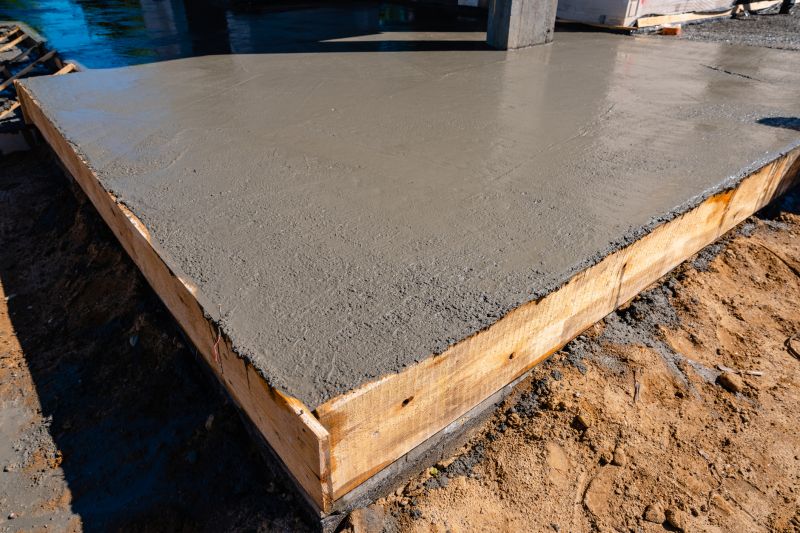
Proper curing is essential for strength and durability, best achieved in stable weather conditions.
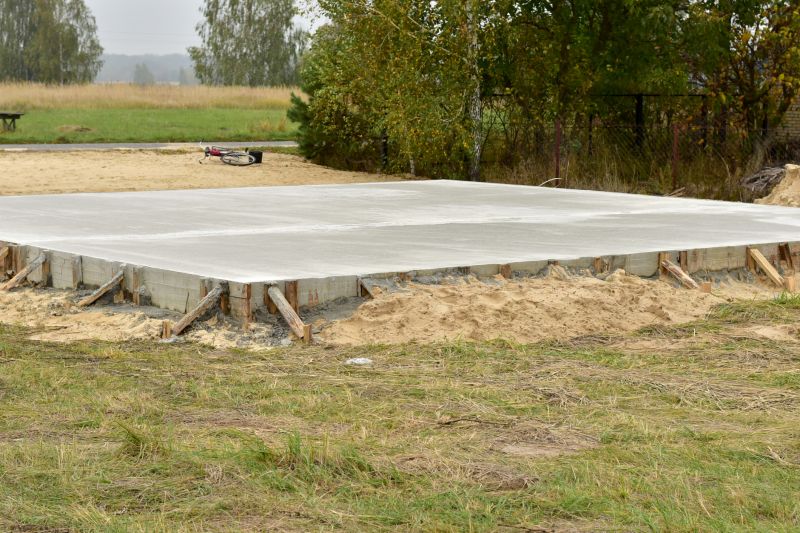
Spring's mild weather supports effective concrete setting and curing.
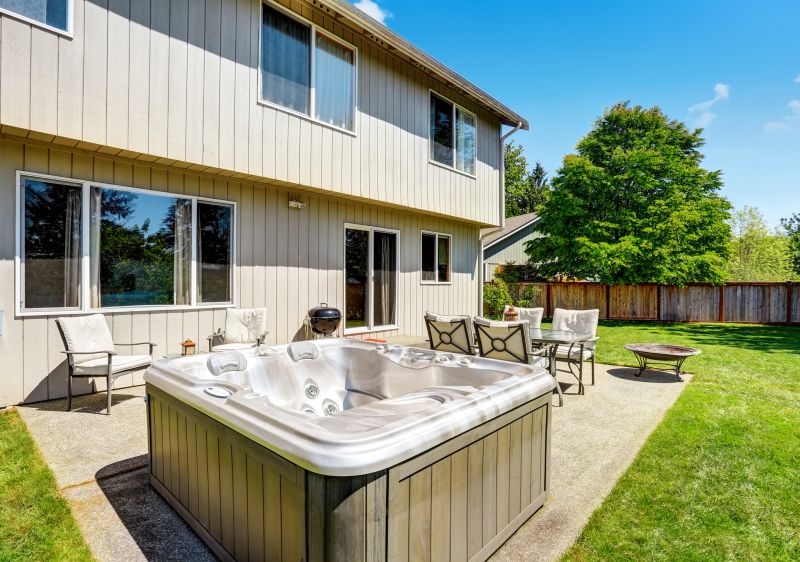
Adjustments are necessary to manage high temperatures during summer installations.
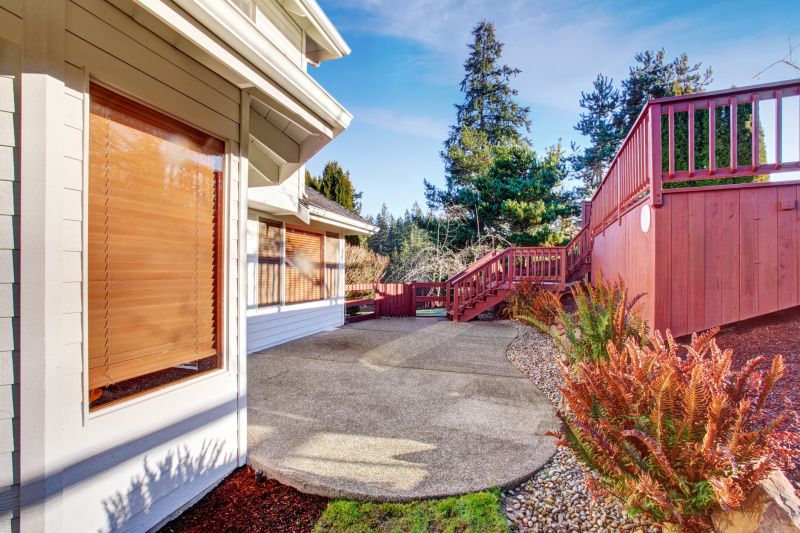
Fall weather provides an optimal environment for concrete work with cooler temperatures.
Scheduling concrete installations during the appropriate seasons ensures optimal results and longevity of the finished surface. Consulting with experienced contractors can help determine the best timing based on local climate conditions. Proper timing, combined with appropriate preparation and curing techniques, results in durable and high-quality concrete surfaces.
Interested in scheduling a concrete installation? Fill out the contact form to discuss options and timing tailored to Fairhope, AL.

